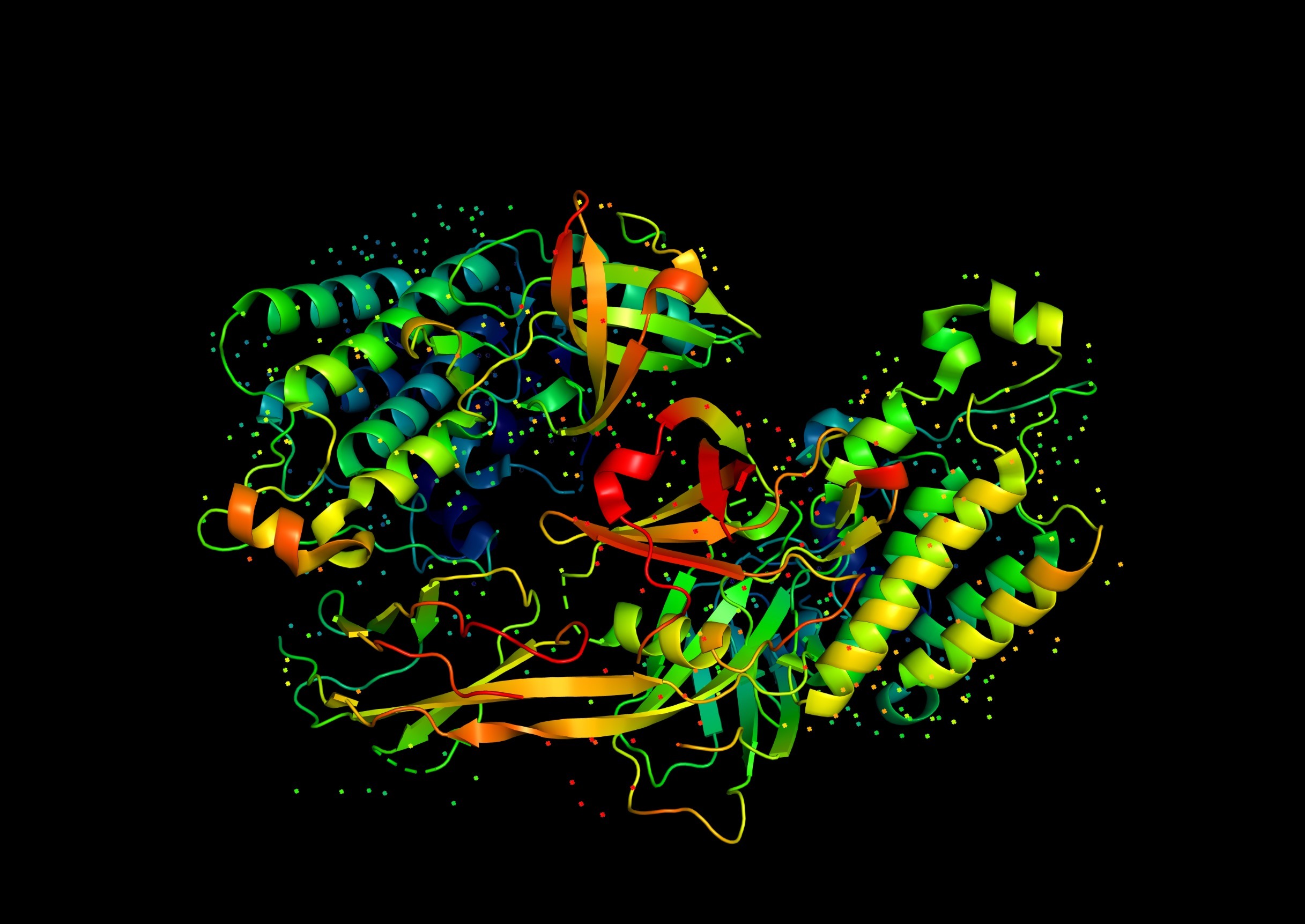Globally, there has been a steady rise in the amount of animal based protein we eat. Sans and Combris (2015) recently published a review which encompassed worldwide meat consumption pattern over the last 50 years, observing that this rose from 23.1 kg per person per year in 1961 to 42.20 kg/person/year in 2011.
We have already seen a rise in demand for meat over fifty years. Back in 1950, 2.7 billion people were living on the planet and they consumed 45 billion kgs of meat. In 2000, there was 6.0 billion people and they consumed an enormous 229 billion kgs of meat (Salter, 2017). What is predicted for 2050 ? It is estimated there will be 9.1 billion people on the planet and they will consume double what was eaten in the year 2000. In other words, 465 billion kg of meat.
There is increasing concern that increased demand for animal products, associated with population growth, increased lifespan and improving economic prosperity in the developing world, will put unsustainable demands on the environment which may be further impacted on by climate change.
The top 10 protein sources in the United Kingdom based on NDNS (National Diet And Nutrition Survey: UK) data are:-
1.Chicken and Turkey dishes 20.3%
2.Beef and Veal dishes 15.5%
3.Baked Beans 7.0%
4.Eggs 6.7%;
5.Bacon and Ham 6.6%
6.Meat Pies and Pastries 6.3%
7.Oily Fish 5.4%
8.Sausages 4.2%
9.Pork and Pork dishes 3.9%
10.White Fish coated and/or fried 3.9%
Source: Foresight (2011) The Future of Food and Farming: Challenges and choices for global sustainability. Government Office for Science.
Clearly poultry meat is the most readily consumed still because it is cheap and almost factory produced.
References:-
Macdiarmid, Kyle, Horgan, Loe, Fyfe, Johnstone, McNeill. (2012) Sustainable diets for the future: can we contribute to reducing greenhouse gas emission by eating a healthy diet? Am. J. Clin. Nutr. Sep;96(3):632-9.
Salter, A.M. (2017) Improving the sustainability of global meat and milk production. Proc. Nutr. Soc. Feb; 76(1) pp. 22-27.
Sans, P., & Combris, P. (2015). World meat consumption patterns: An overview of the last fifty years (1961-2011). Meat Science, 109(2015), 106-111.



Leave a Reply